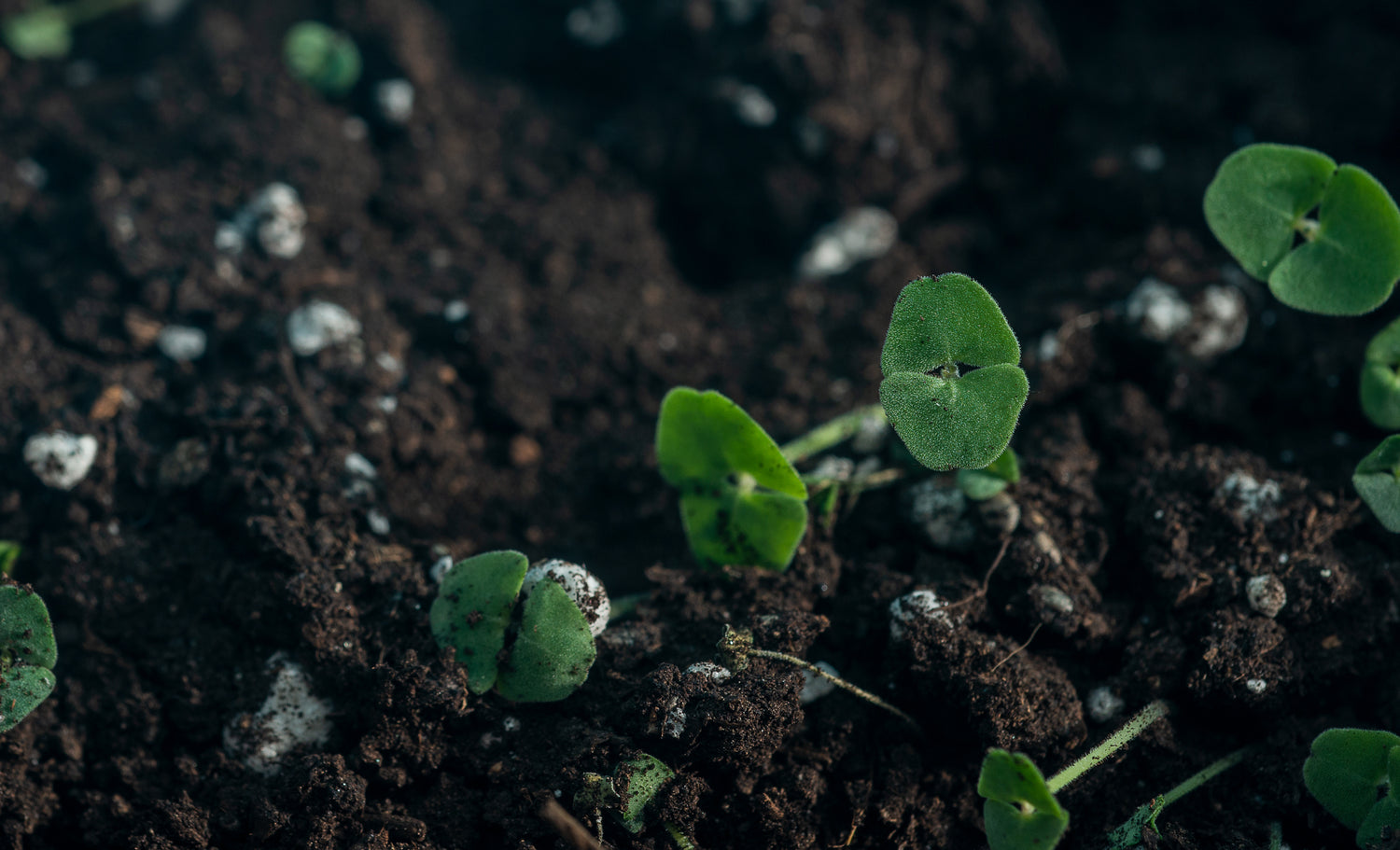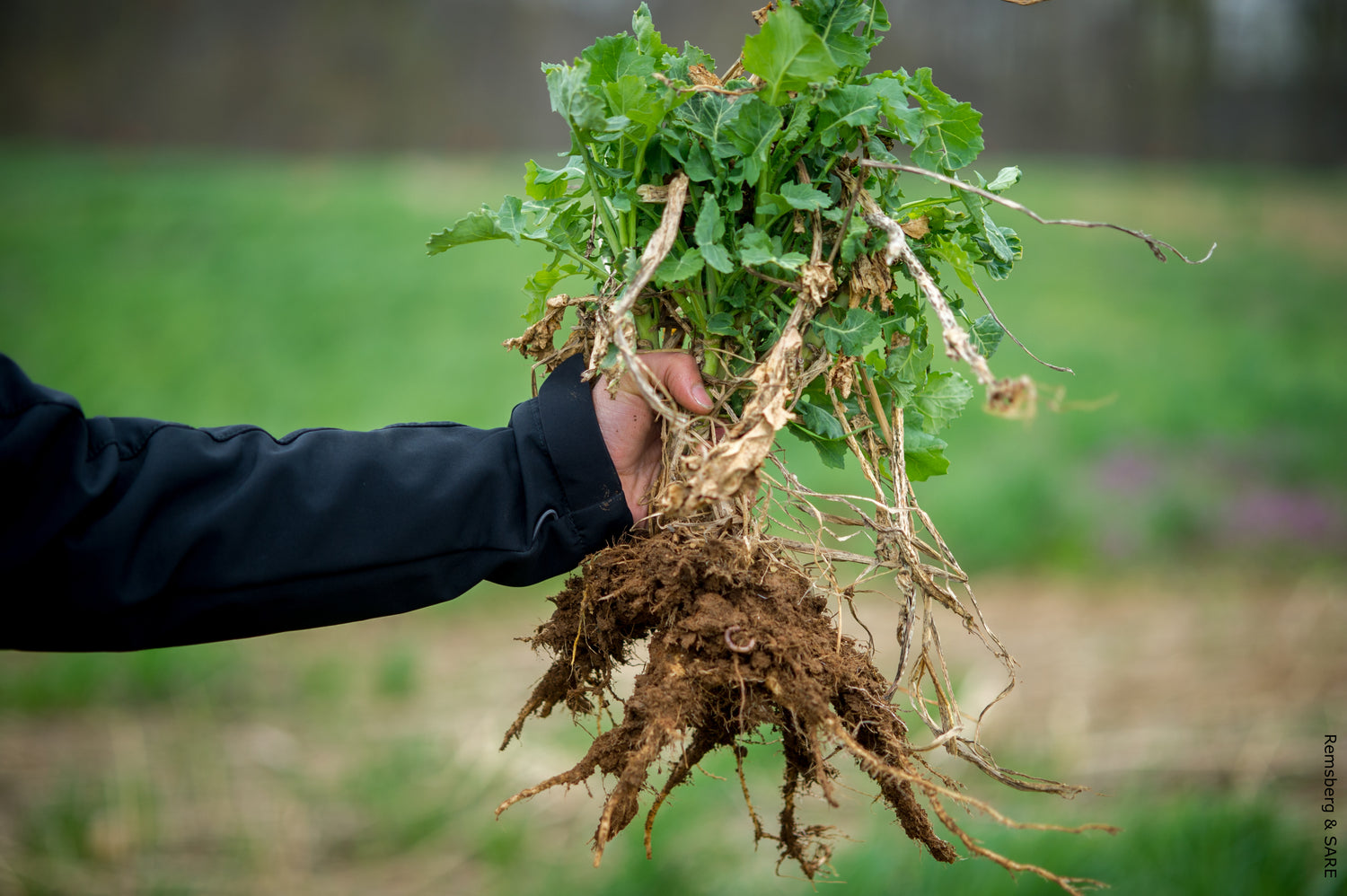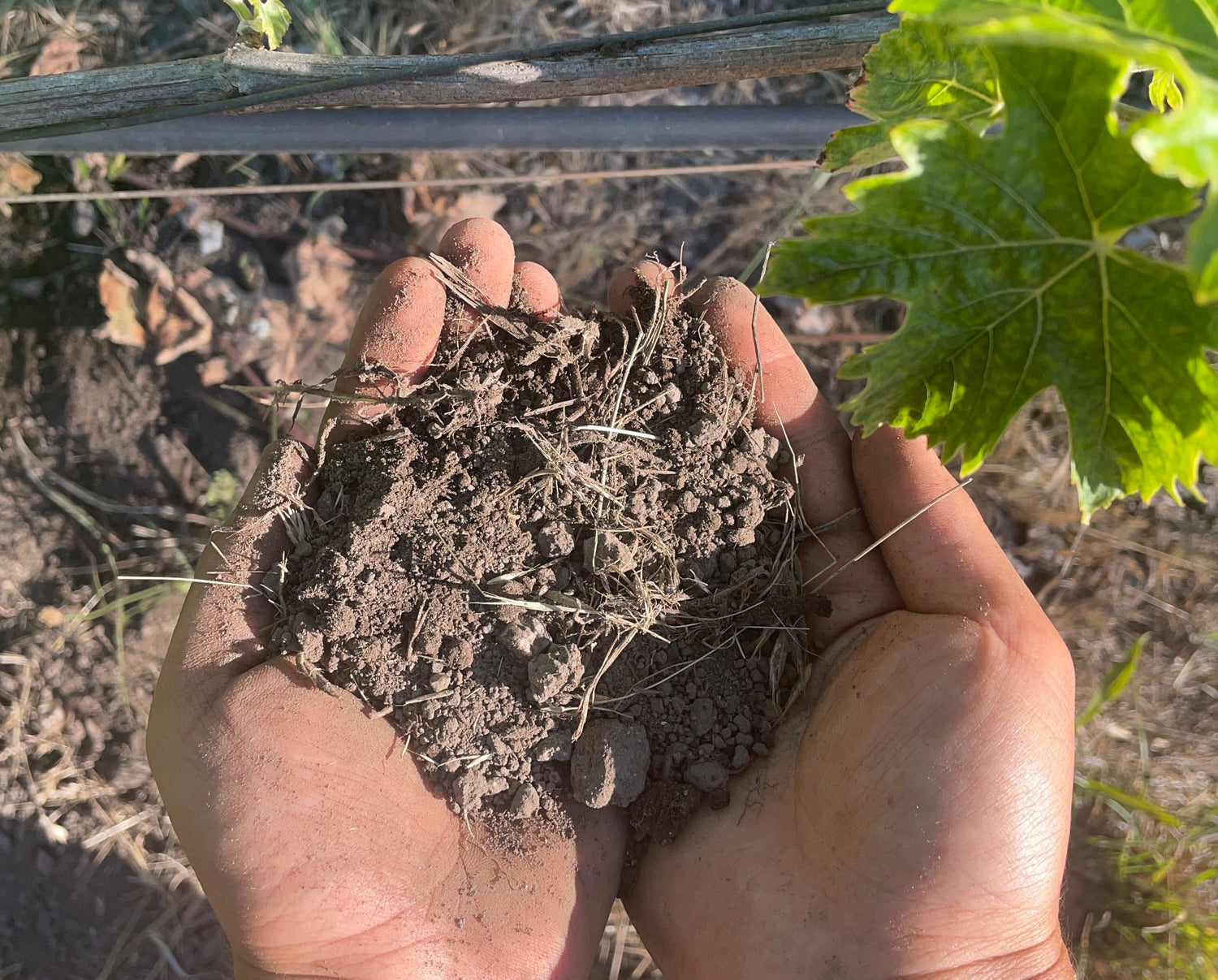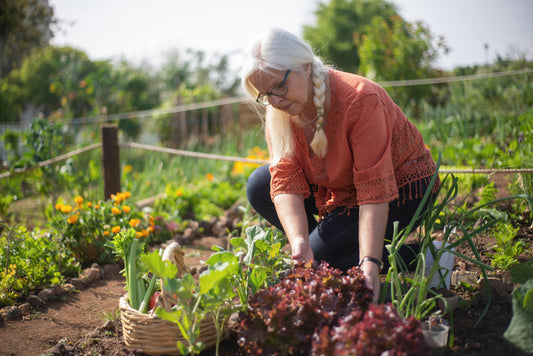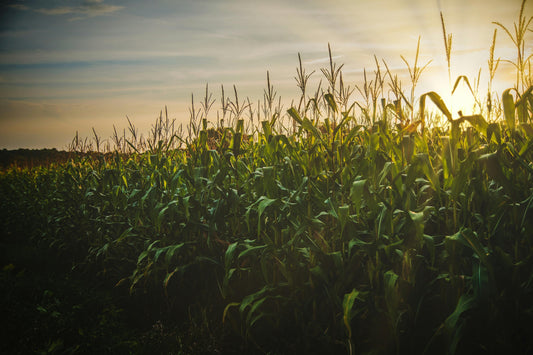California's diverse geology creates unique gardening challenges that make soil testing essential for success, from the sandy coastal soils to the heavy clays of the Central Valley and alkaline desert soils, requiring specific knowledge of pH, nutrients, and drainage to optimize plant health across the state's varied growing conditions.
Complete Guide to Soil Testing in California: Essential Steps for Garden Success
Soil testing provides California gardeners with essential information about pH levels, nutrient content, and soil structure needed to optimize plant growth and address common issues like poor drainage, nutrient deficiencies, and water management challenges across the state's diverse soil types.
Soil testing is essential for California gardeners navigating the state's diverse soils, from the sandy loams of San Diego to the heavy clays of the Sacramento Valley. By assessing pH, nutrients, and texture, you can optimize plant growth and address issues like poor yields or drainage problems. This guide details soil, water, and plant tissue testing, offering practical steps and California-specific resources to create a thriving garden.
Why Is Soil Testing Critical in California?
California's varied geology—coastal dunes, volcanic soils in the North Coast, and alkaline desert soils—creates unique gardening challenges. Soil tests reveal pH levels (ideally 6.0–7.0 for most plants), nutrient availability, and organic matter content that directly impact plant health and water efficiency.
Testing becomes particularly important in California due to the state's diverse climate zones and soil types. Coastal areas often have sandy, well-draining soils that may lack nutrients, while inland valleys frequently feature heavy clay soils with drainage challenges. Desert regions typically have alkaline soils that can limit nutrient availability for many plants.
Regular soil testing supports water-efficient gardening practices, which is crucial in California's drought-prone climate. Understanding your soil's water-holding capacity and nutrient status helps optimize irrigation schedules and fertilizer applications, reducing waste and supporting sustainable gardening practices.
How to Test Your Soil Accurately
Proper soil testing starts with careful sampling techniques to ensure accurate results. Follow these essential steps:
- Collect Samples: Take 8–12 samples from 6–8 inches deep across your garden, avoiding compost piles, fertilized areas, or areas near buildings. Use a clean trowel or soil probe to prevent contamination.
- Prepare Samples: Air-dry samples for 24 hours, remove roots, stones, and debris, then mix thoroughly in a clean bucket. Place 1 cup of the mixed sample in a labeled bag.
- Choose Testing Method: Select between home test kits for basic pH and major nutrients, or professional laboratory analysis for comprehensive soil evaluation.
Regional Tip: Test annually in Southern California where sandy soils and frequent irrigation can lead to rapid nutrient leaching, and every 2-3 years in Northern California's more stable clay soils.
Interpreting Soil Test Results
Understanding soil test reports helps guide effective gardening decisions. Key parameters include:
| Parameter | Ideal Range | Common California Issues |
|---|---|---|
| pH | 6.0–7.0 | Coastal areas often acidic; desert regions alkaline |
| Phosphorus (P) | 20–30 ppm | Often deficient in sandy coastal soils |
| Organic Matter | 5–8% | Low in desert soils; essential for clay soil improvement |
| Drainage | Good | Poor in Central Valley clays; excessive in sandy soils |
Soil texture significantly impacts water and nutrient management. Clay soils retain moisture and nutrients but may have drainage issues, while sandy soils drain quickly but require more frequent watering and fertilizing.
Water Quality Testing for California Gardens
Water quality testing is particularly important in California due to regional variations in water sources and quality. Key factors to test include:
- pH: Target 6.5–7.5 for most plants. Many California water sources tend toward alkaline, which may require acidification for acid-loving plants.
- Salinity: Keep below 1 dS/m. High salinity is common in Central Valley and desert areas, requiring management for sensitive plants.
- Dissolved Minerals: Test for calcium, magnesium, and sodium levels that can affect soil structure and plant nutrition over time.
Well water users, common in rural areas, should test annually for both quality and safety, as groundwater composition can change seasonally.
Plant Tissue Testing for Nutrient Management
Plant tissue testing provides direct insight into nutrient uptake and plant health. This technique is especially valuable for perennial crops like fruit trees, which are common in California gardens.
Collect 12–15 recently mature leaves from multiple plants, dry them properly, and send to a laboratory for analysis. Results show actual nutrient levels in plant tissues, revealing whether soil nutrients are being effectively absorbed by plants.
Tissue testing is particularly useful for diagnosing micronutrient deficiencies that may not be apparent from soil tests alone, especially in alkaline soils where nutrients may be present but unavailable to plants.
Taking Action Based on Test Results
Use test results to implement targeted soil improvements:
- pH Adjustment: Add lime to raise pH in acidic coastal soils, or sulfur to lower pH in alkaline inland soils. Apply amendments gradually and retest to monitor changes.
- Organic Matter: Incorporate compost, aged manure, or other organic materials to improve soil structure, water retention, and nutrient availability.
- Nutrient Management: Apply specific fertilizers based on test results rather than general-purpose fertilizers to avoid over-application and waste.
- Drainage Improvement: Address clay soil compaction with organic matter, raised beds, or drainage systems as needed.
California Resources for Soil Testing and Garden Supplies
California gardeners have access to numerous resources for soil testing and garden improvement:
Testing Services and Education
- UC Cooperative Extension: Provides soil testing guidance and connects gardeners to certified laboratories throughout California. Find your local office at ucanr.edu.
- USDA NRCS Web Soil Survey: Free soil data and maps for California counties available at websoilsurvey.nrcs.usda.gov.
- UC Master Gardener Programs: Local education and support for soil testing and garden management throughout California counties.
Garden Centers and Supplies
- Armstrong Garden Centers: Multiple California locations including Torrance (25225 Crenshaw Boulevard), Santa Monica (3226 Wilshire Boulevard), and Pasadena offering soil amendments, testing supplies, and expert advice. armstronggarden.com
- Green Thumb Nursery: Southern California locations specializing in quality plants and soil amendments. greenthumb.com
- Roger's Gardens (2301 San Joaquin Hills Rd, Corona Del Mar): Premium garden center serving Orange County with comprehensive soil amendments and testing supplies. rogersgardens.com
Sustainable Soil Management Practices
Implementing sustainable practices based on soil test results benefits both garden health and environmental conservation:
- Precision Fertilization: Apply only needed nutrients based on test results, reducing environmental impact and costs.
- Water Conservation: Improve soil water-holding capacity through organic matter additions, reducing irrigation needs.
- Soil Health Building: Focus on long-term soil improvement through composting, cover cropping, and minimal tillage practices.
Regional Considerations for California Gardens
Different regions of California present unique soil challenges:
- Coastal Areas: Often acidic, sandy soils requiring organic matter additions and regular fertilization.
- Central Valley: Heavy clay soils needing drainage improvement and organic matter for workability.
- Desert Regions: Alkaline soils with low organic matter requiring pH management and water-efficient amendments.
- Mountain Areas: Variable soils often requiring site-specific testing and amendments.
Benefits of Regular Soil Testing
Consistent soil testing provides multiple advantages for California gardeners:
- Improved Plant Health: Optimal soil conditions enhance plant growth, flowering, and fruit production.
- Water Efficiency: Better soil structure and health improve water retention and reduce irrigation needs.
- Cost Savings: Targeted fertilizer applications based on actual needs reduce waste and expense.
- Environmental Protection: Precise nutrient management minimizes runoff and groundwater contamination.
Conclusion
Soil testing forms the foundation of successful gardening in California's diverse climate and soil conditions. By understanding your soil's pH, nutrient status, and physical properties, you can make informed decisions about amendments, fertilizers, and plant selection that support both garden productivity and environmental sustainability.
Regular testing, combined with sustainable management practices and access to quality resources, enables California gardeners to create thriving landscapes while conserving water and protecting natural resources for future generations.
Sources
- University of California Cooperative Extension. Soil Testing Resources. https://mgsantaclara.ucanr.edu/garden-help/soil-testing/
- UC Agriculture and Natural Resources. Soil Testing Laboratories. http://ceventura.ucanr.edu/Com_Ag/Climate_Smart_Agriculture/Healthy_Soils_Program_HSP/Soil_Testing/Soil_Labs_/
- USDA Natural Resources Conservation Service. Web Soil Survey. https://websoilsurvey.nrcs.usda.gov/
- USDA Natural Resources Conservation Service. Soil Survey Geographic Database. https://www.nrcs.usda.gov/resources/data-and-reports/soil-survey-geographic-database-ssurgo
- UC Davis Vegetable Research & Information Center. Soil Information. https://vric.ucdavis.edu/veg_info_topic/soil.htm
- Armstrong Garden Centers. Garden Centers and Landscape Services. https://www.armstronggarden.com/
- Green Thumb Nursery. California Garden Centers. https://www.greenthumb.com/







